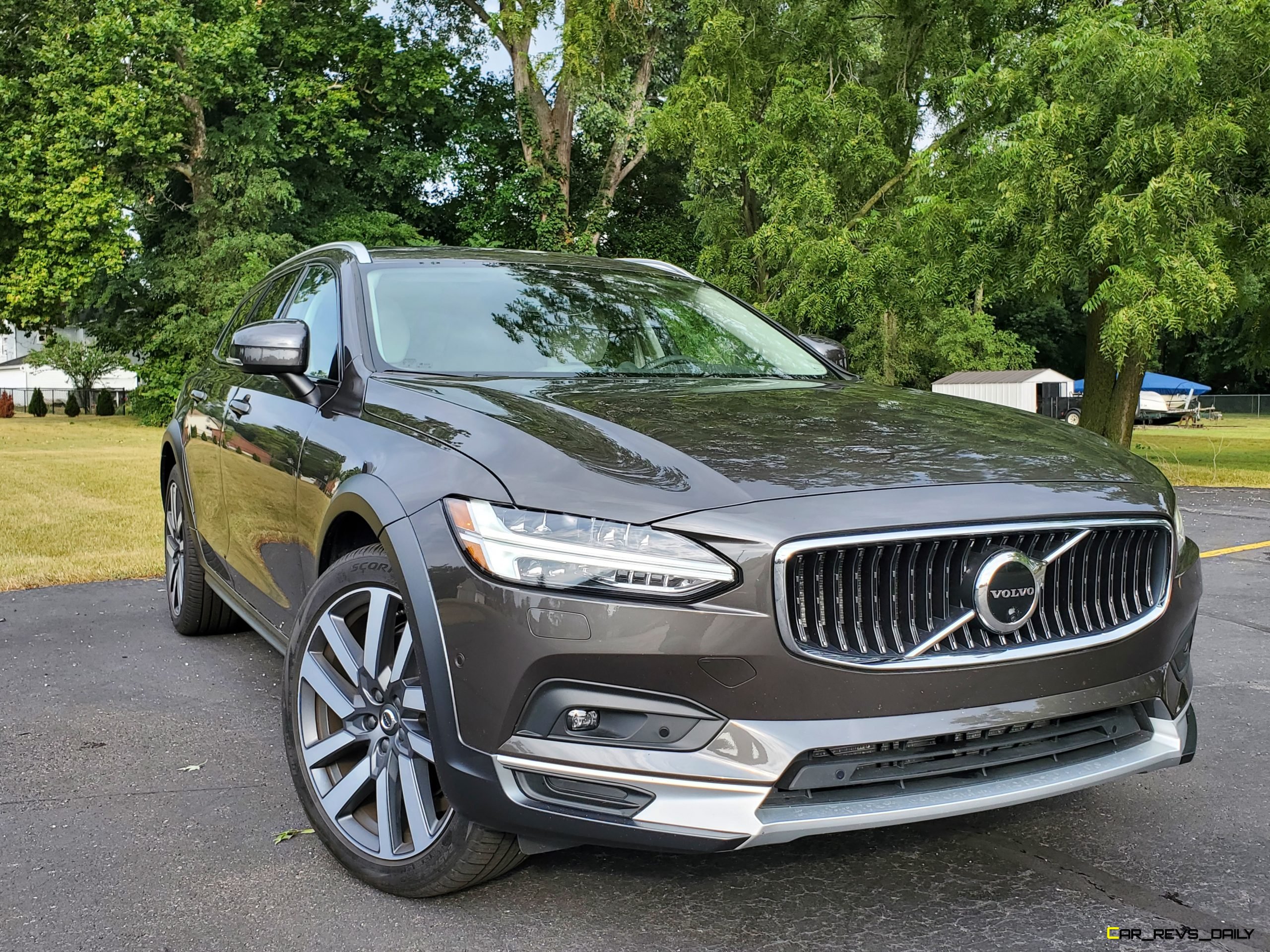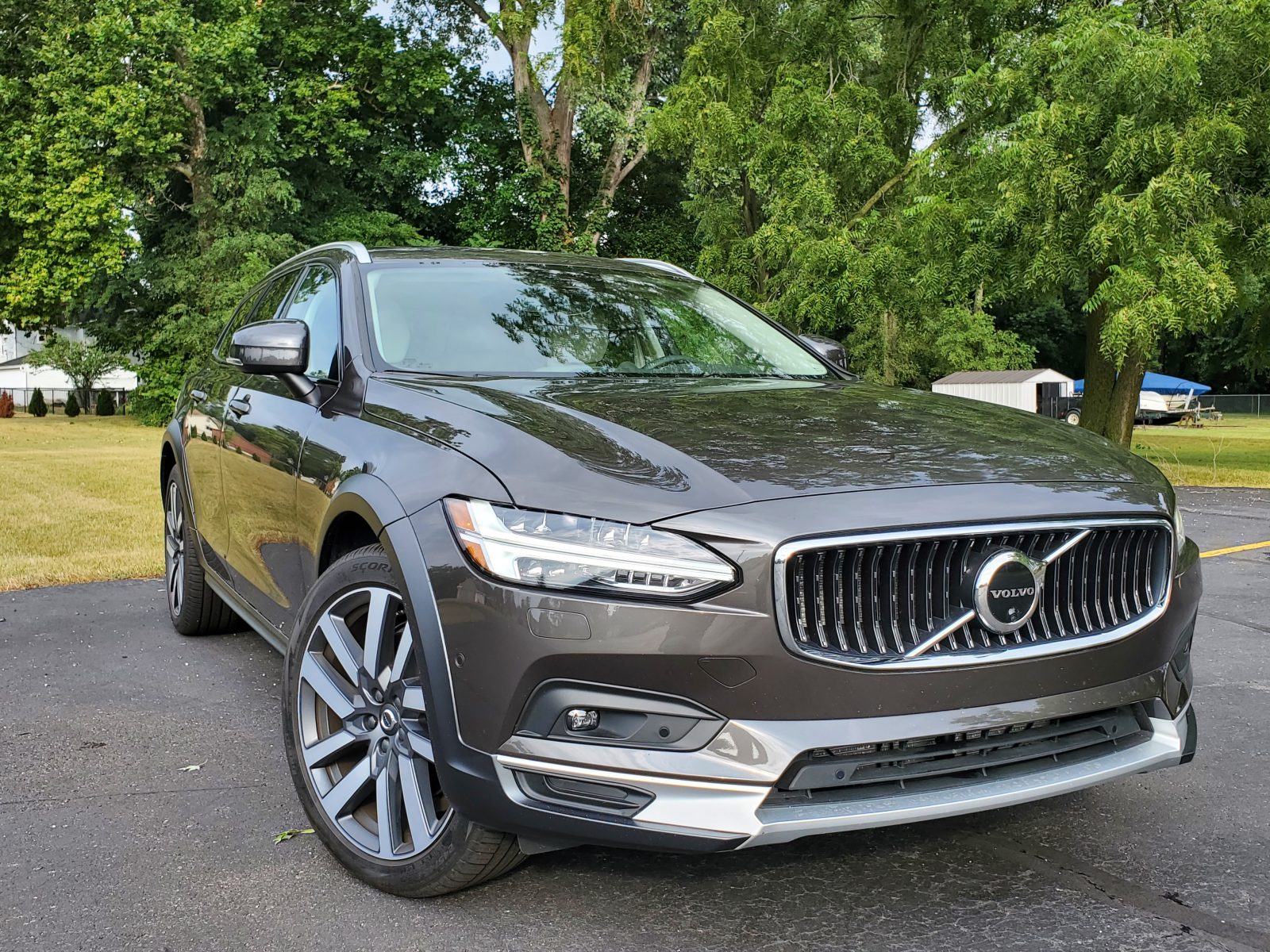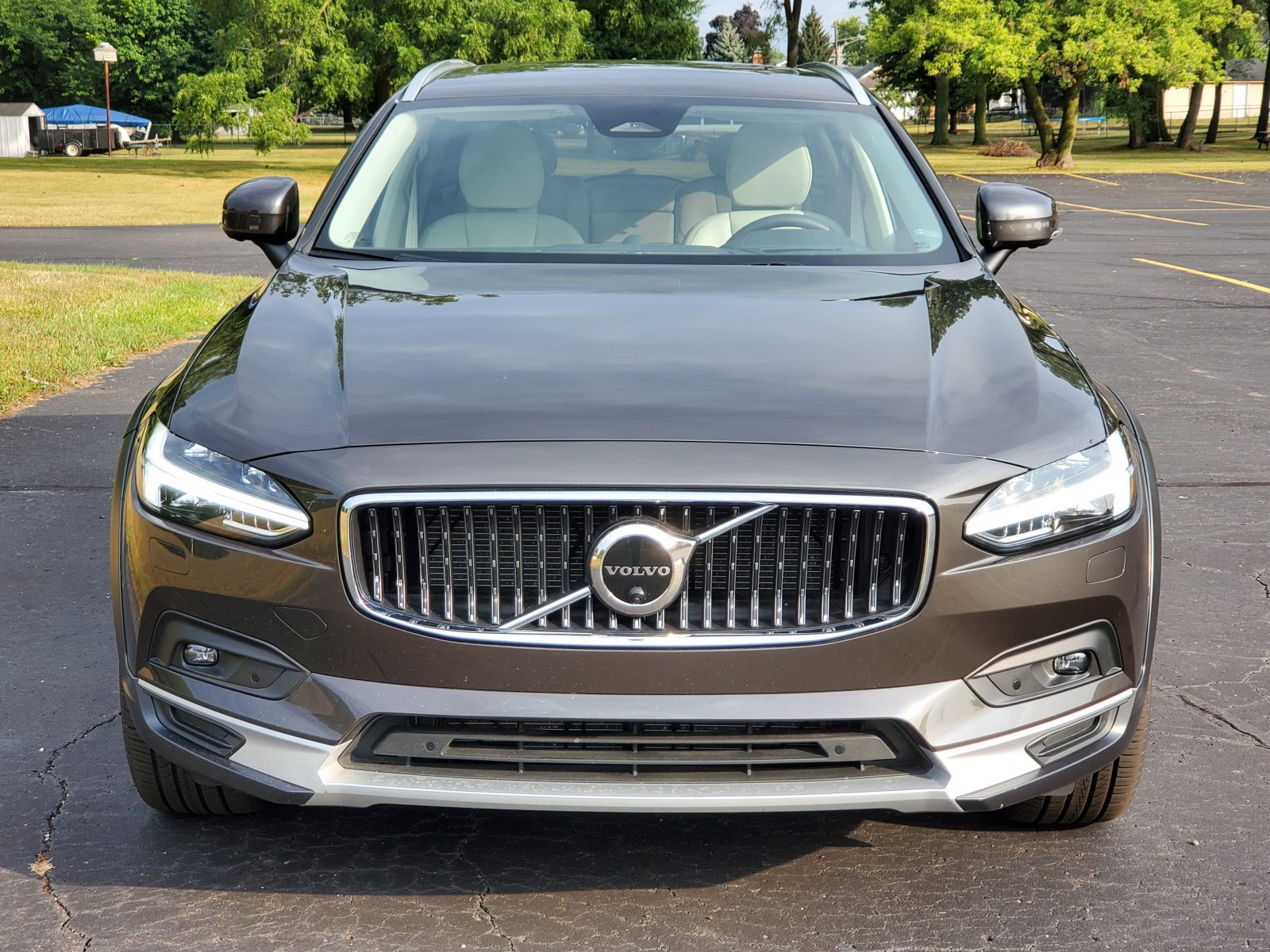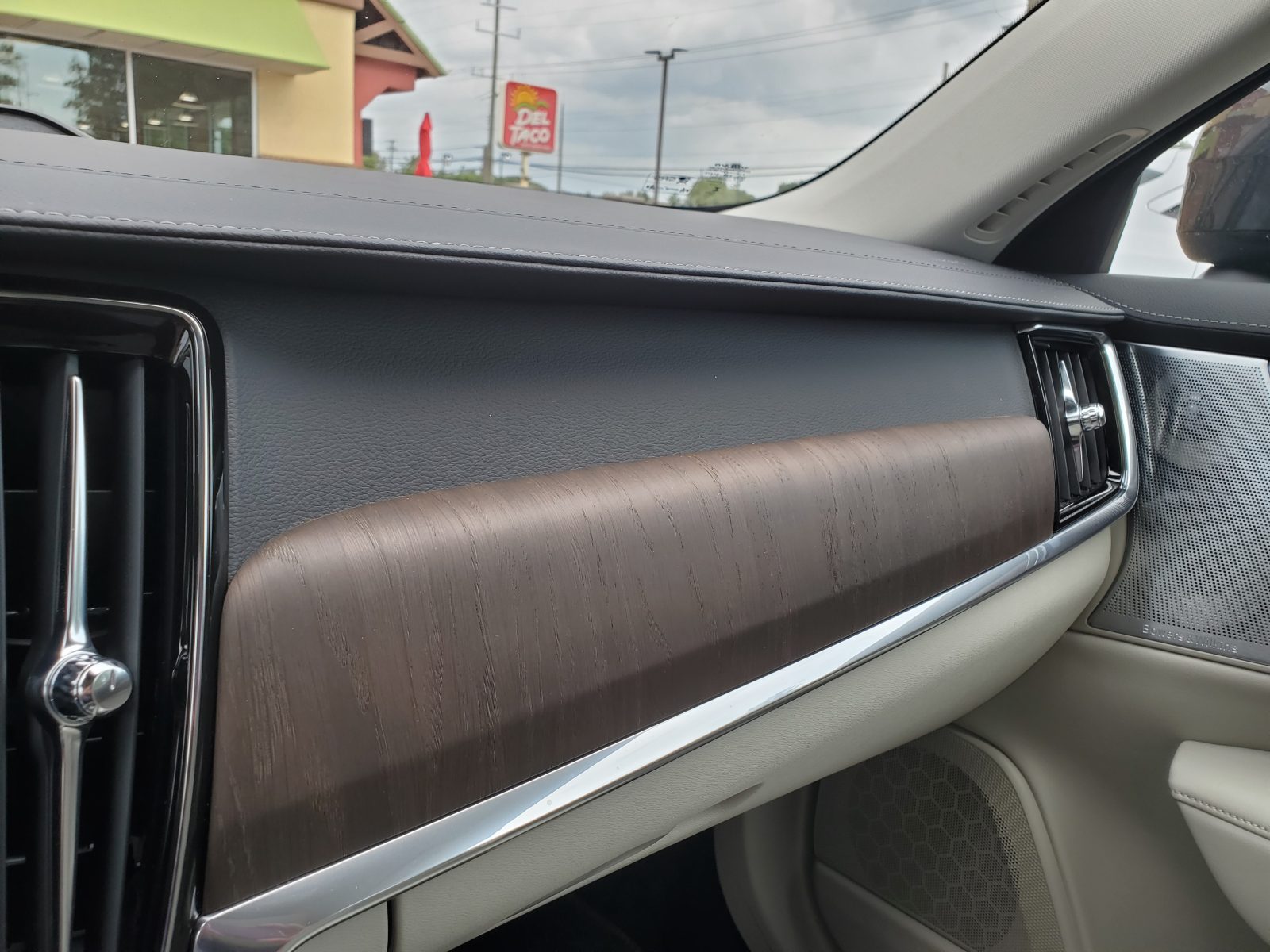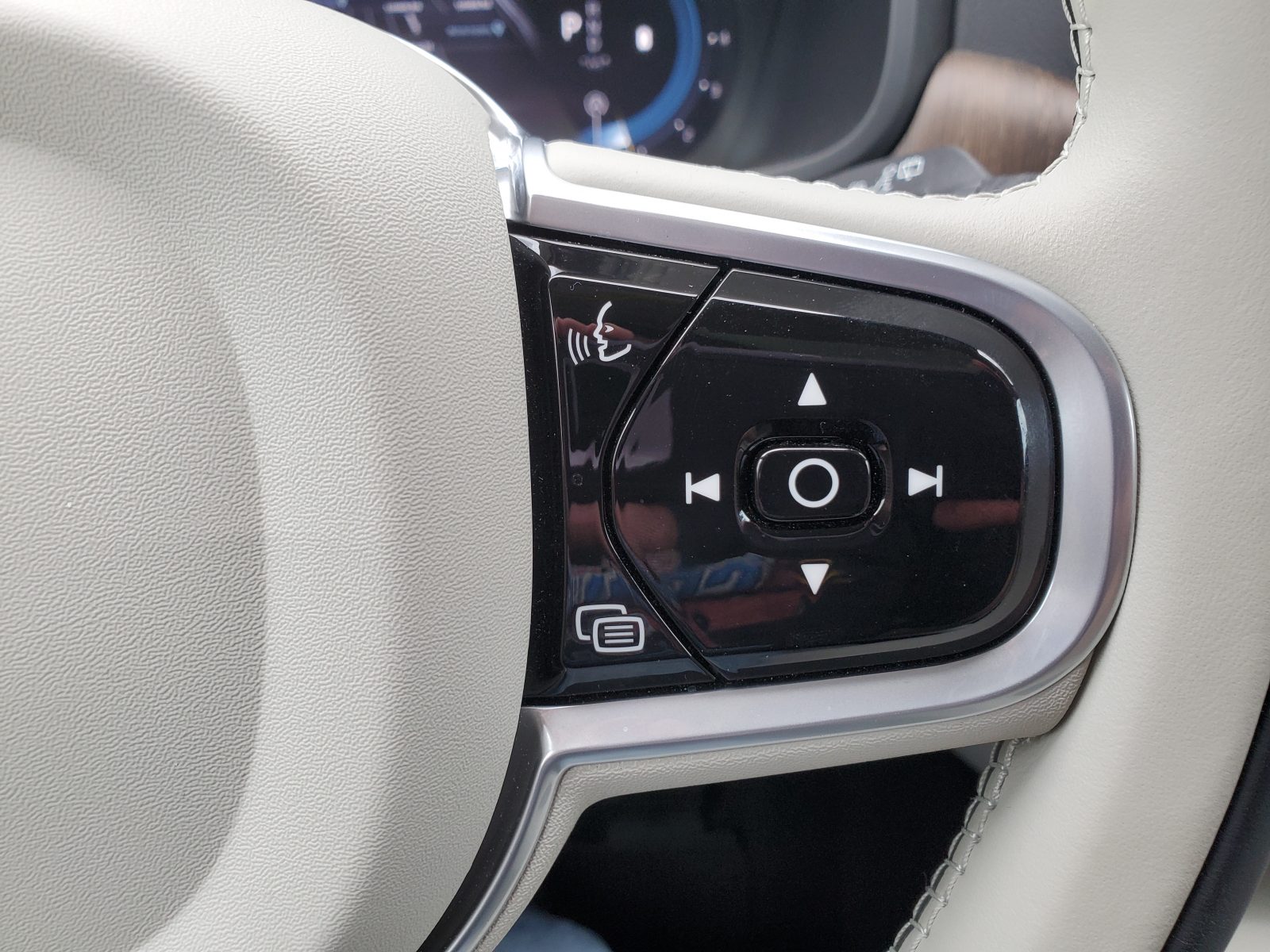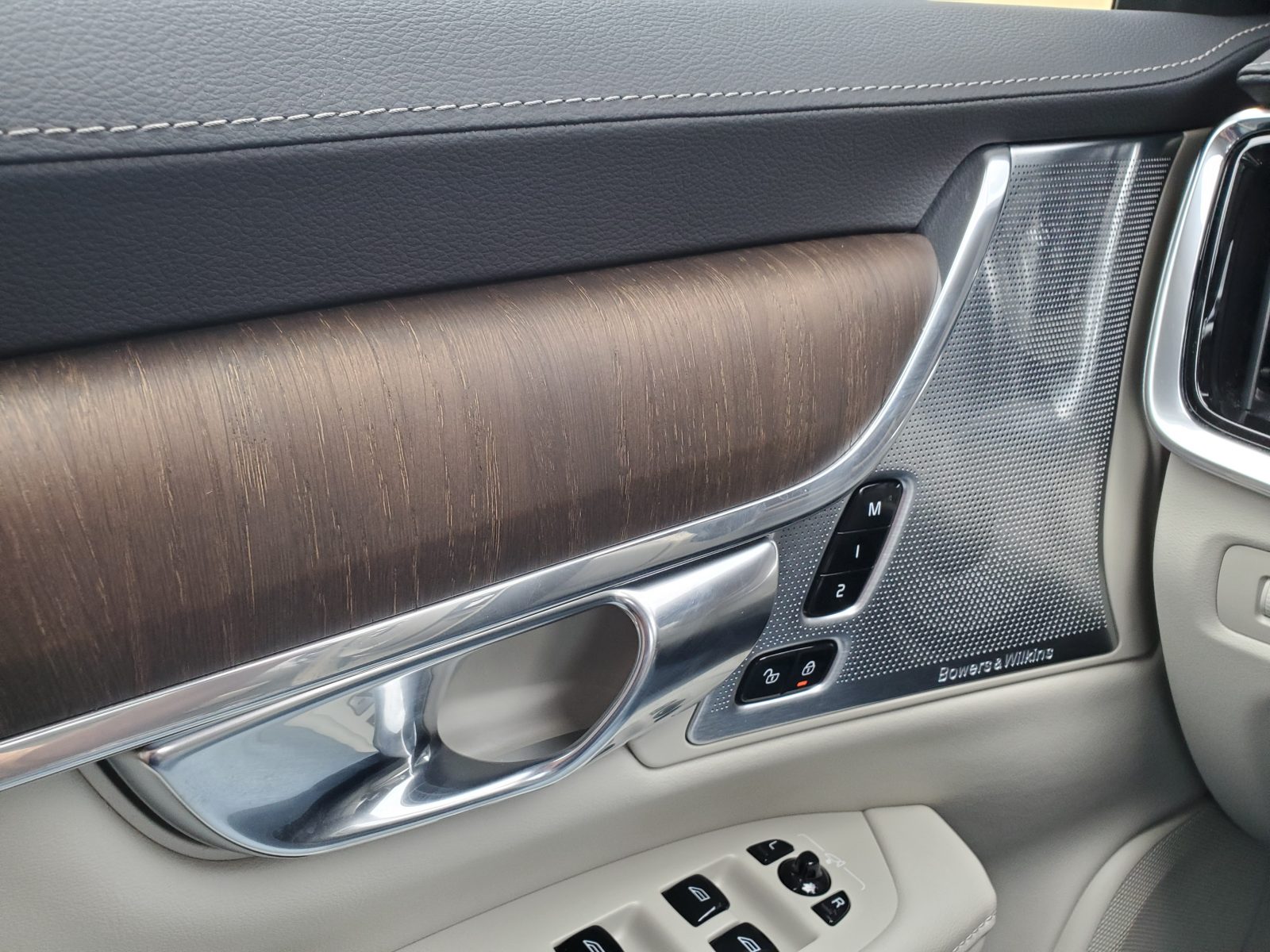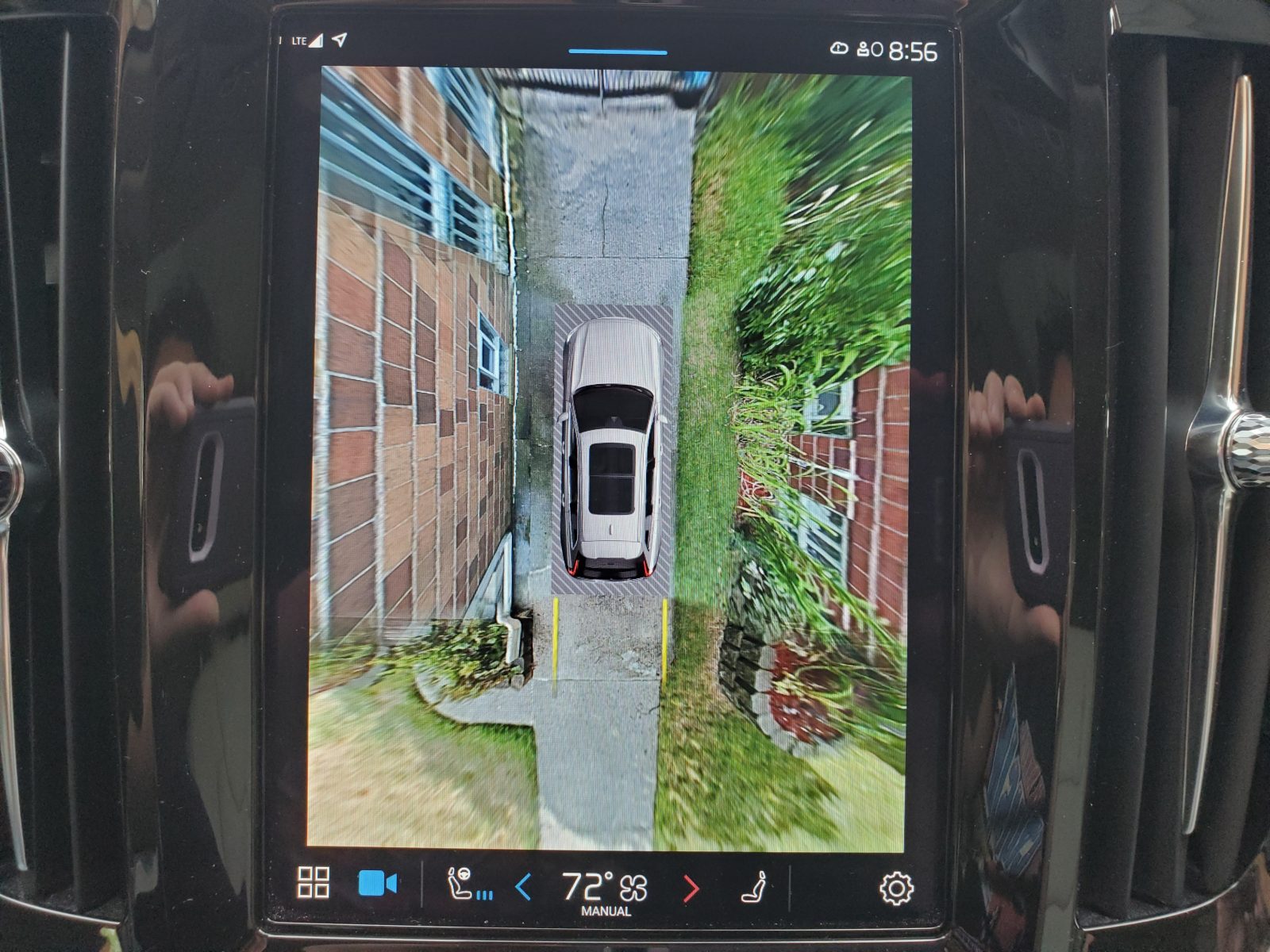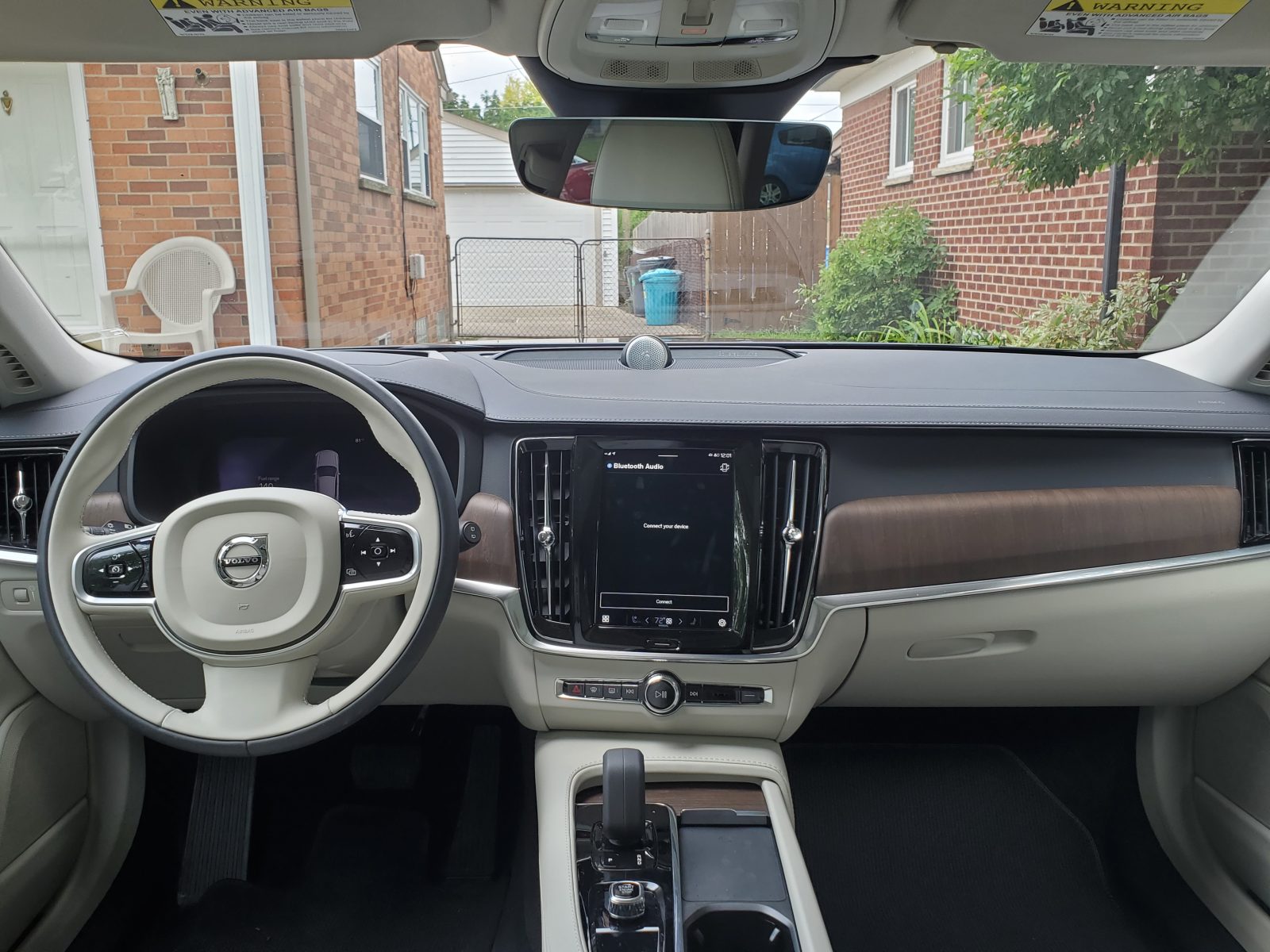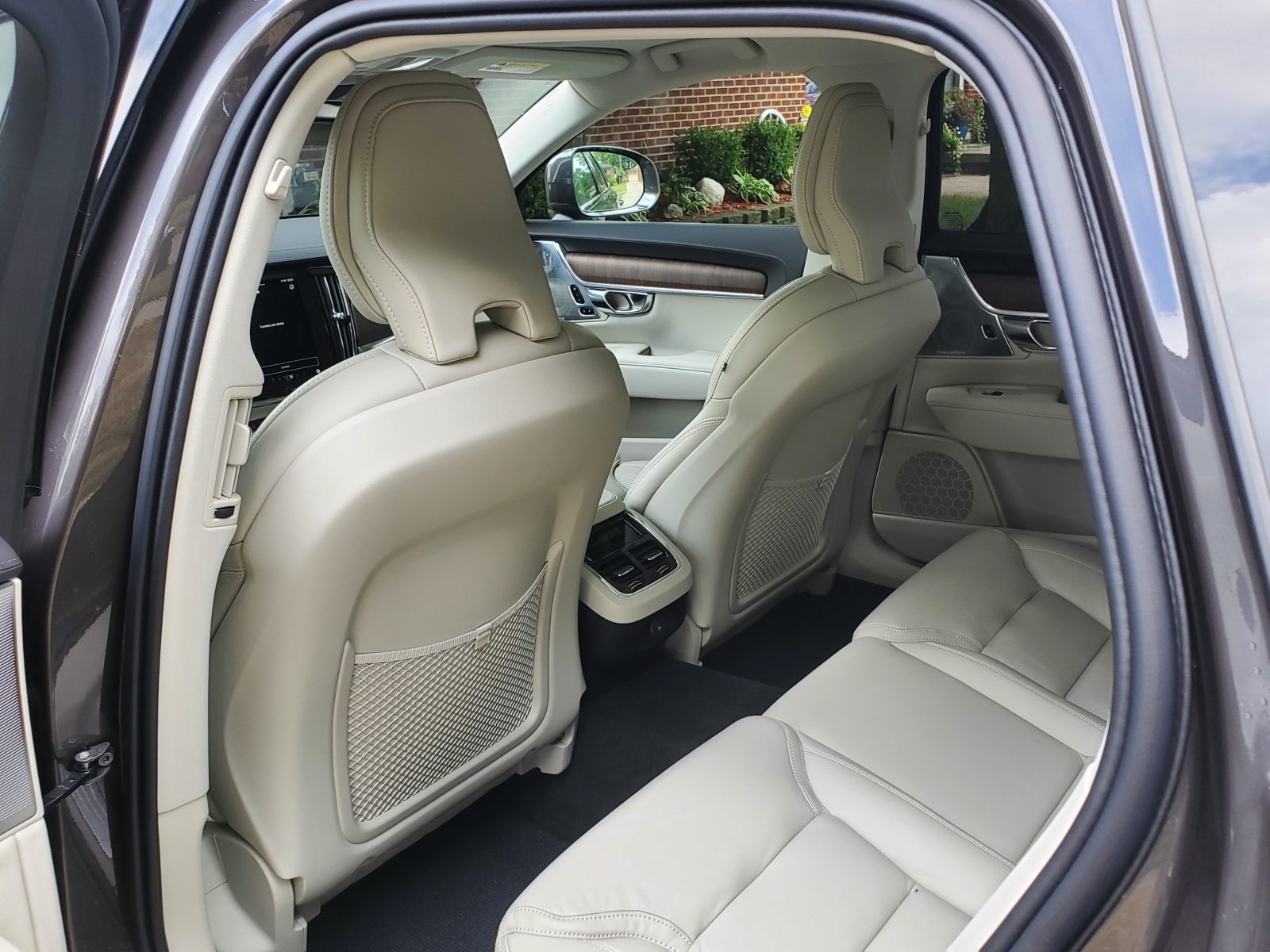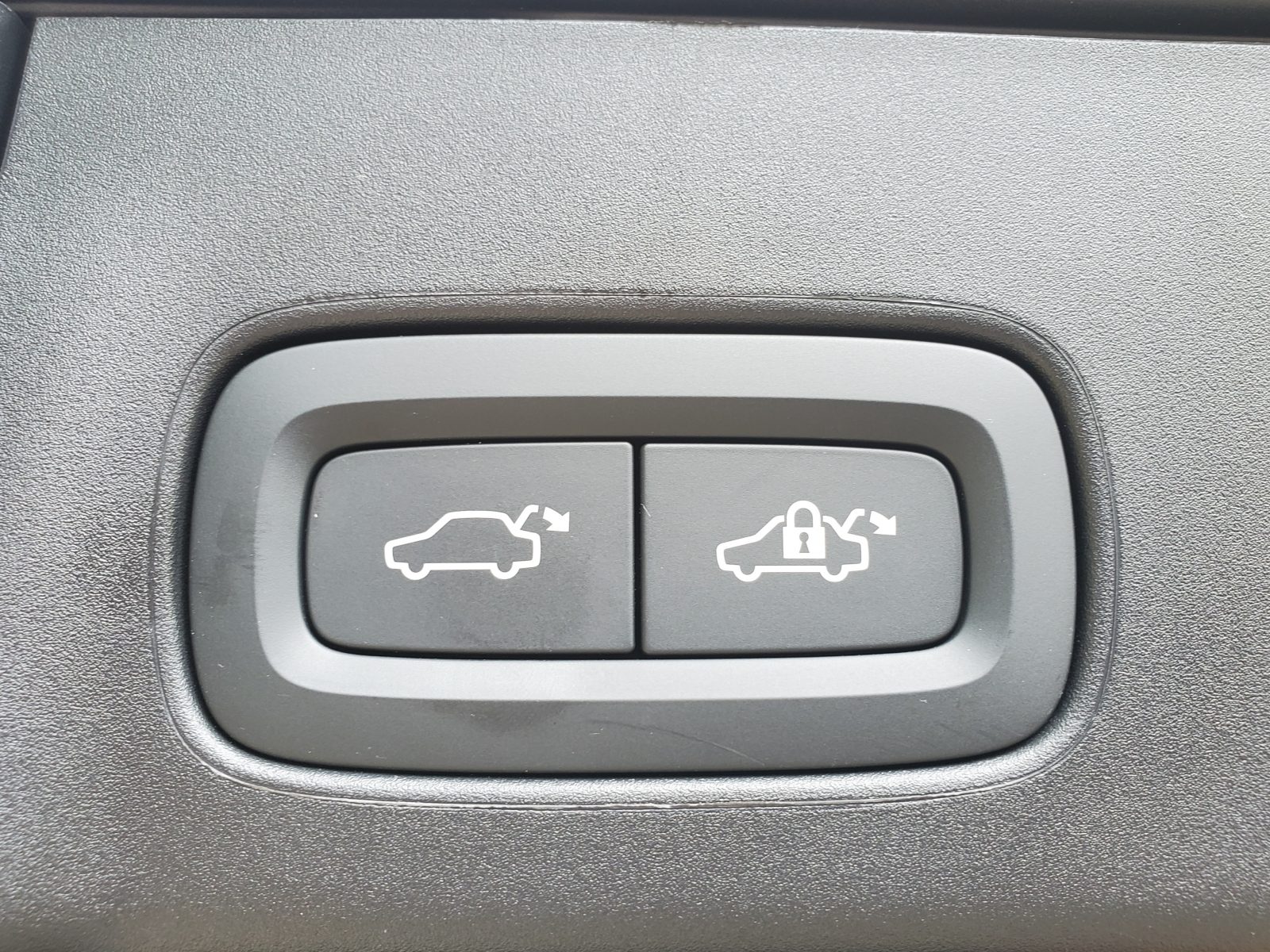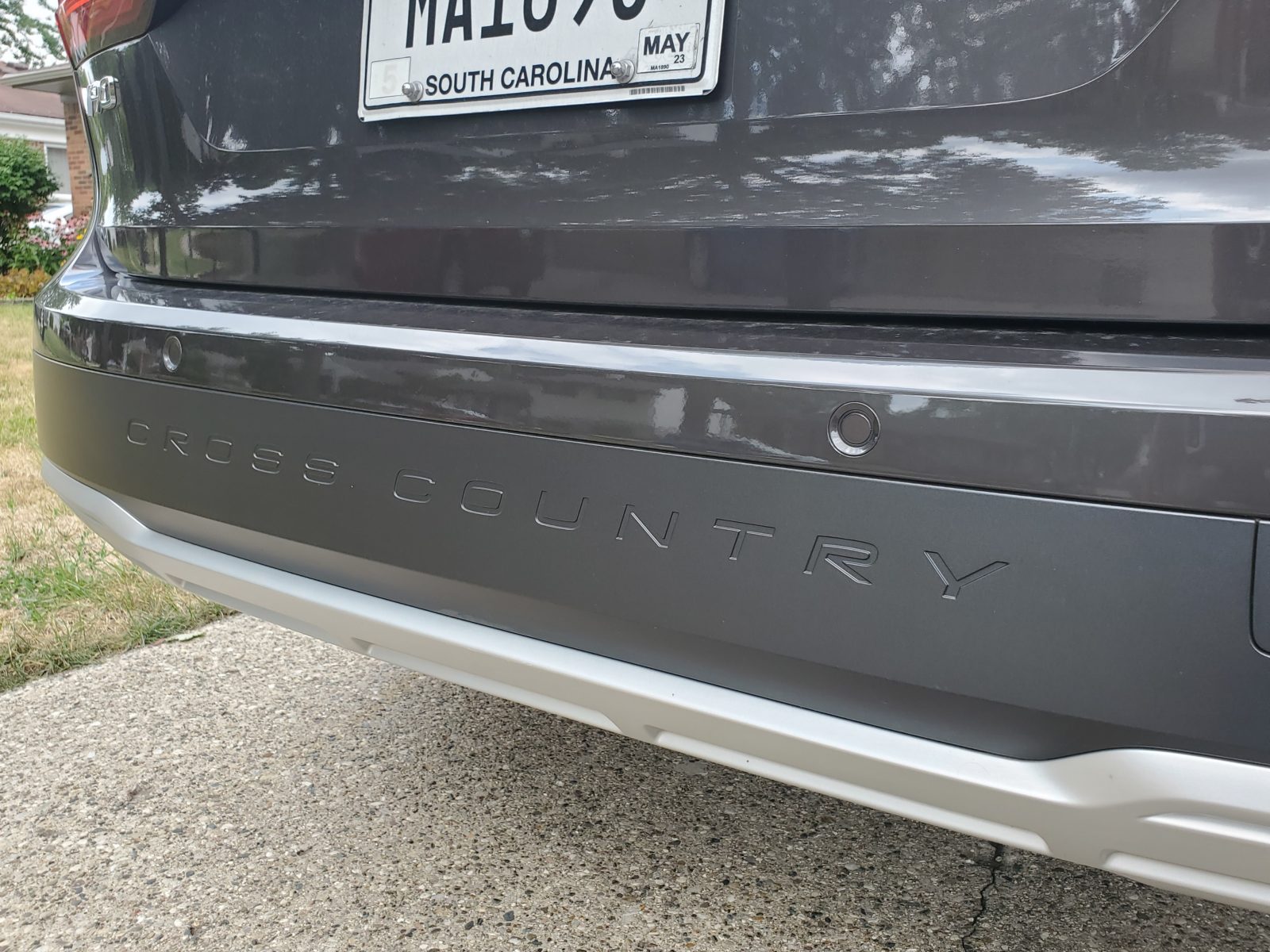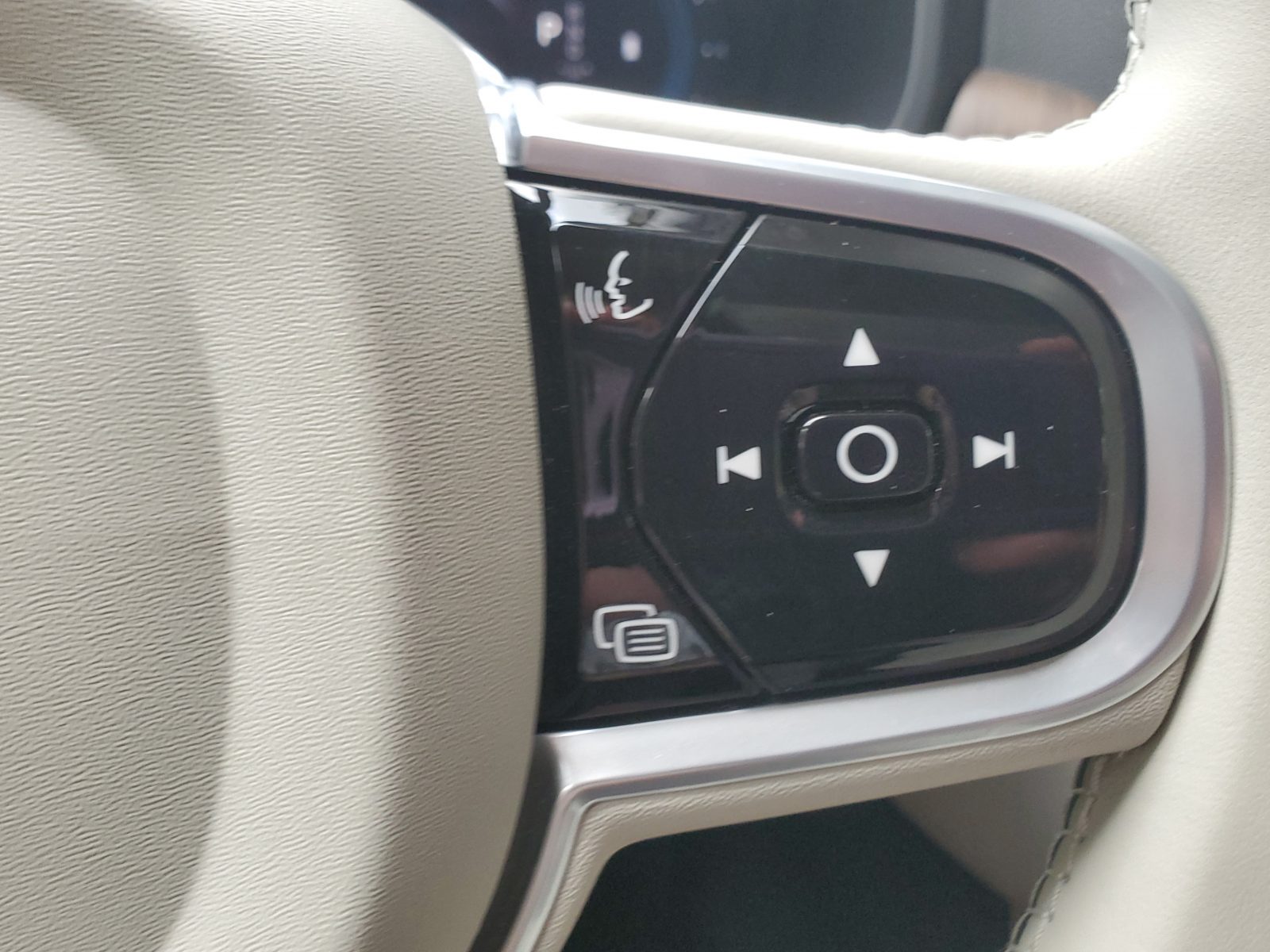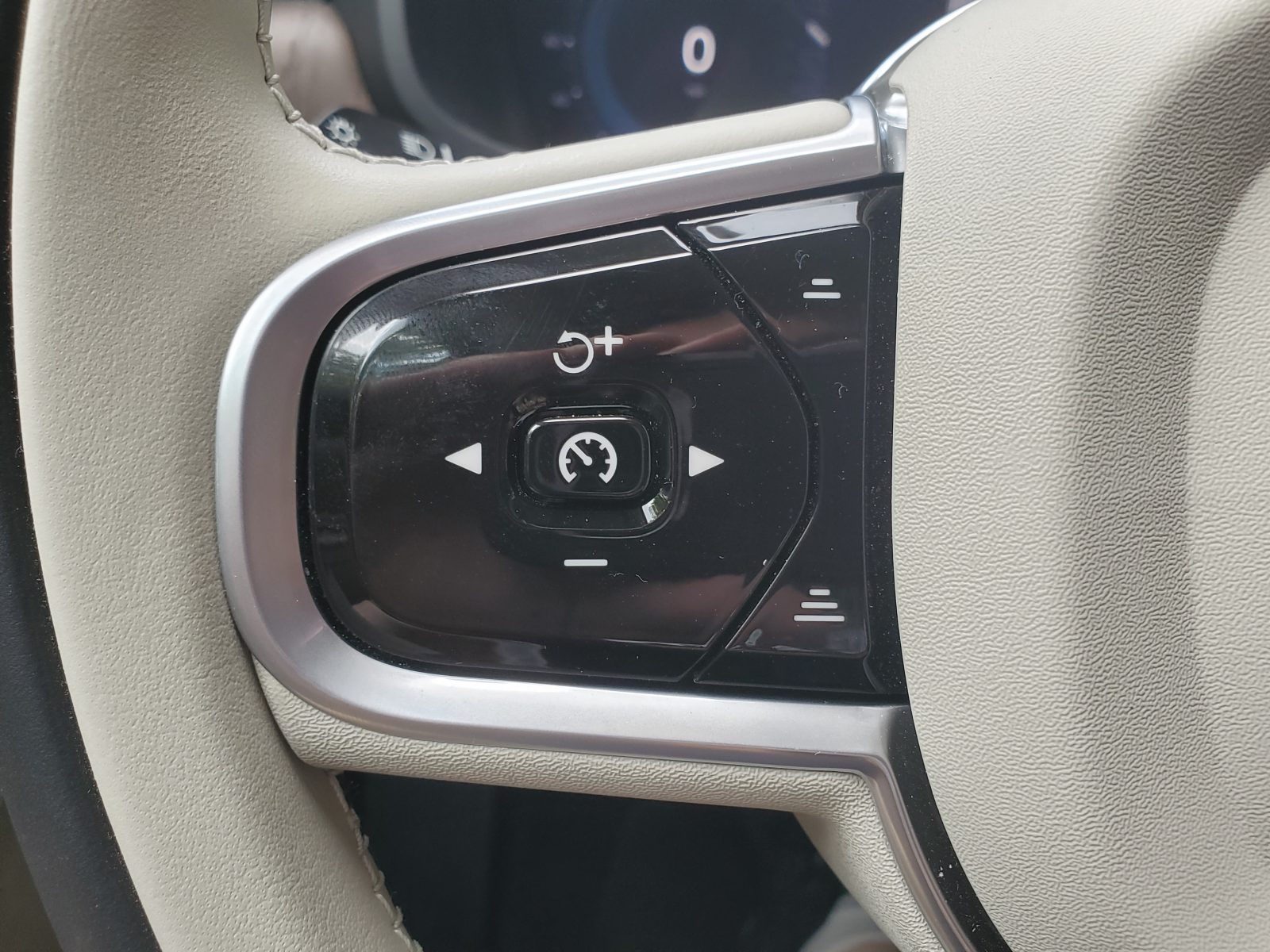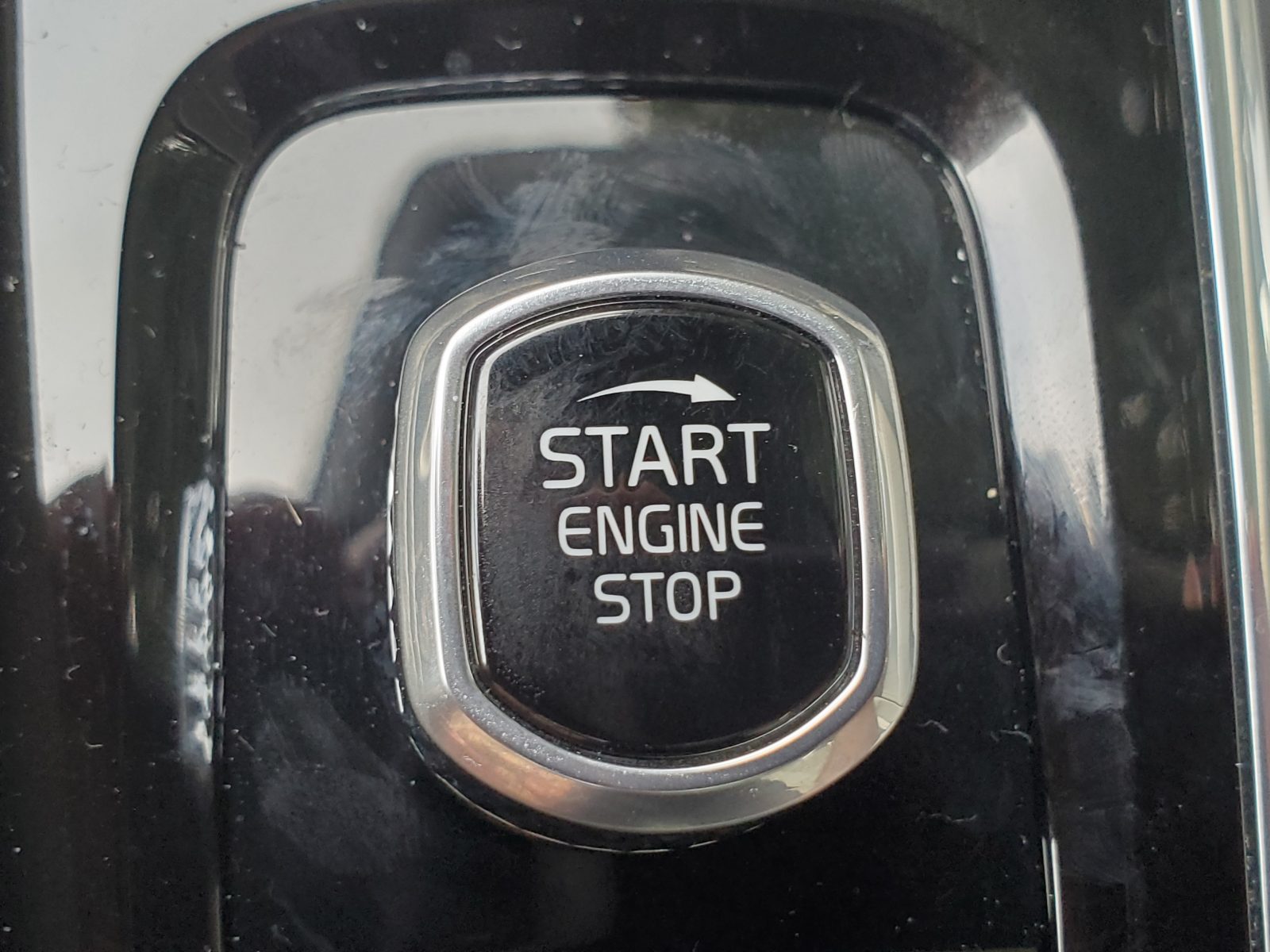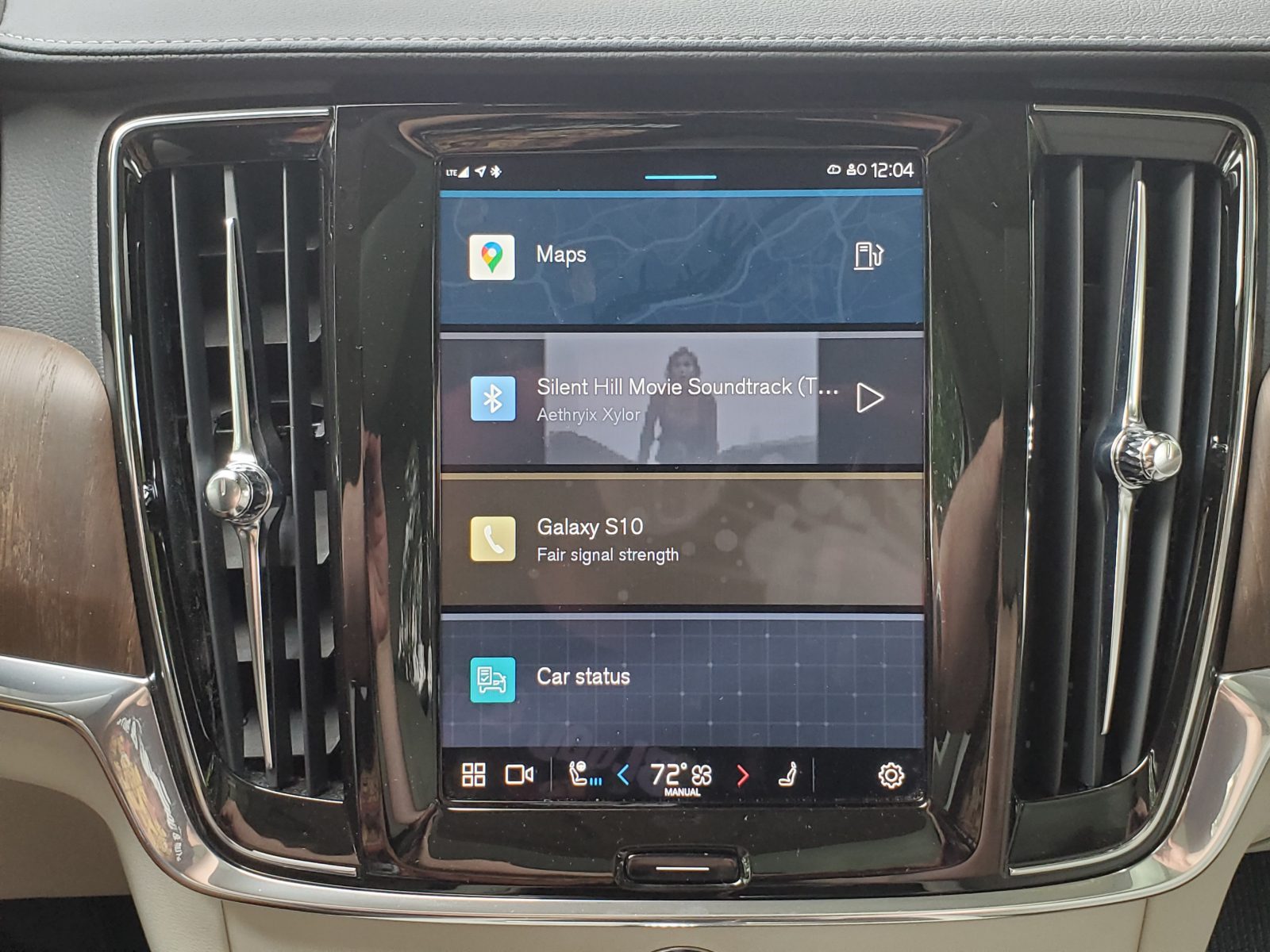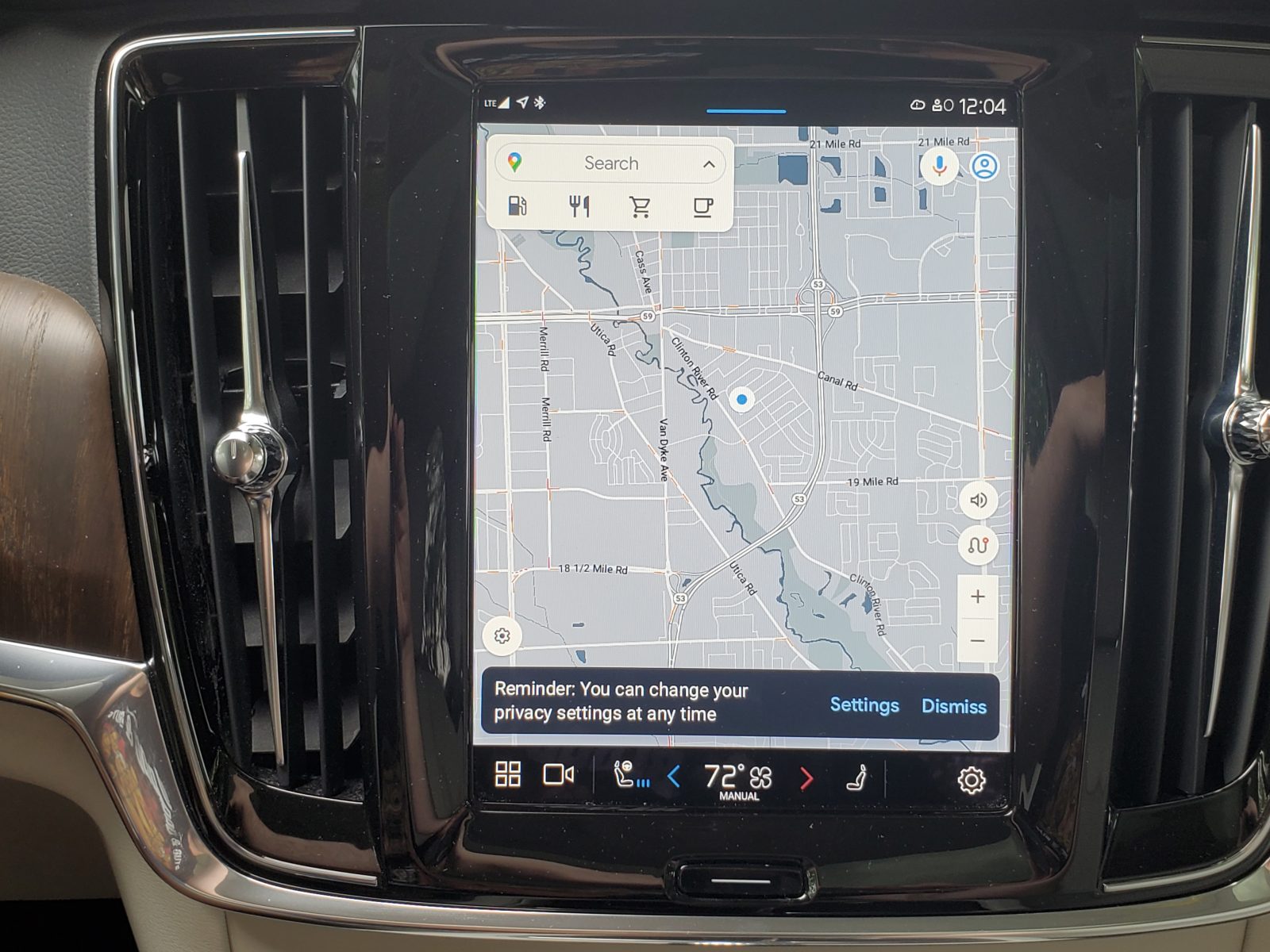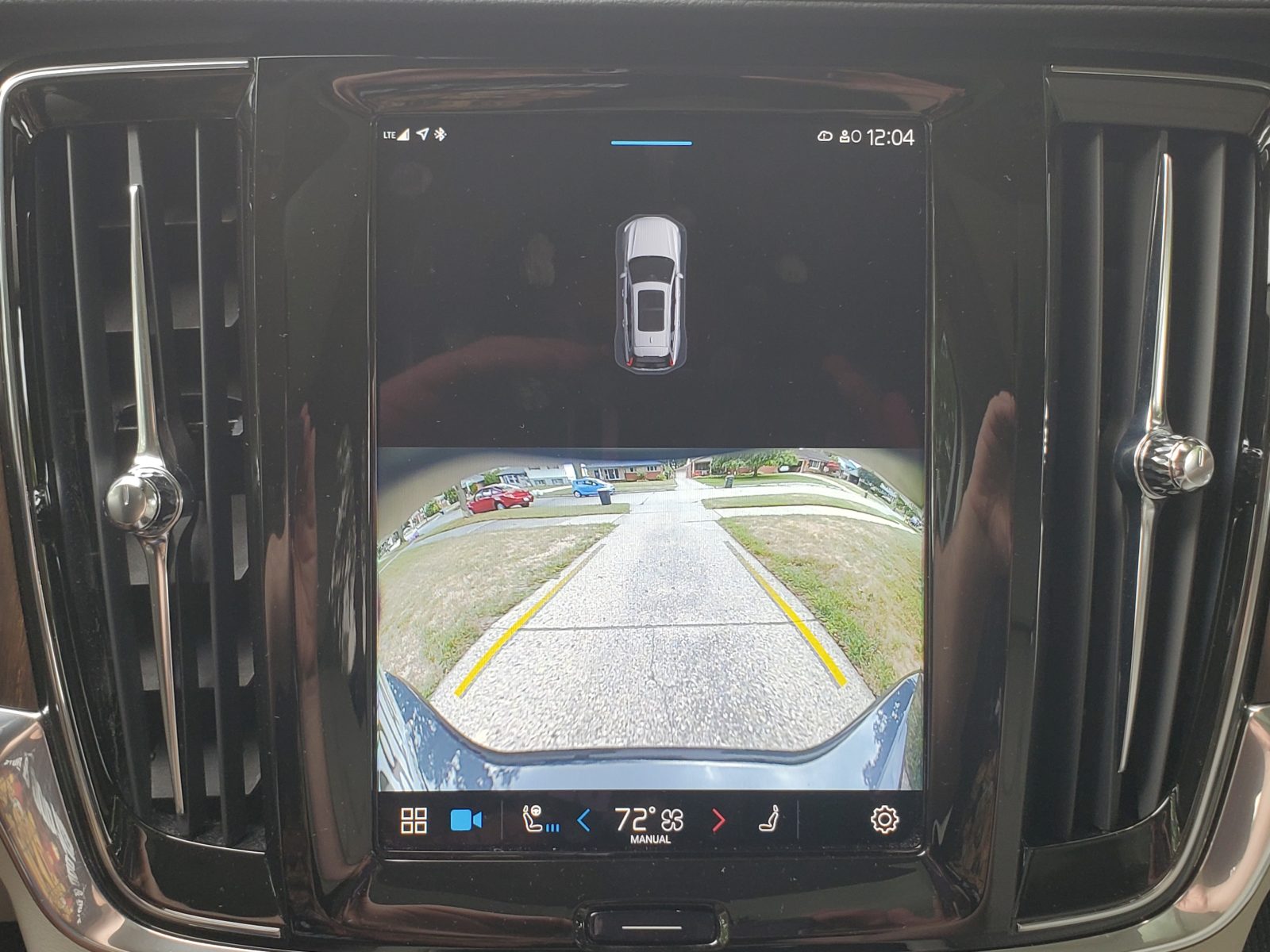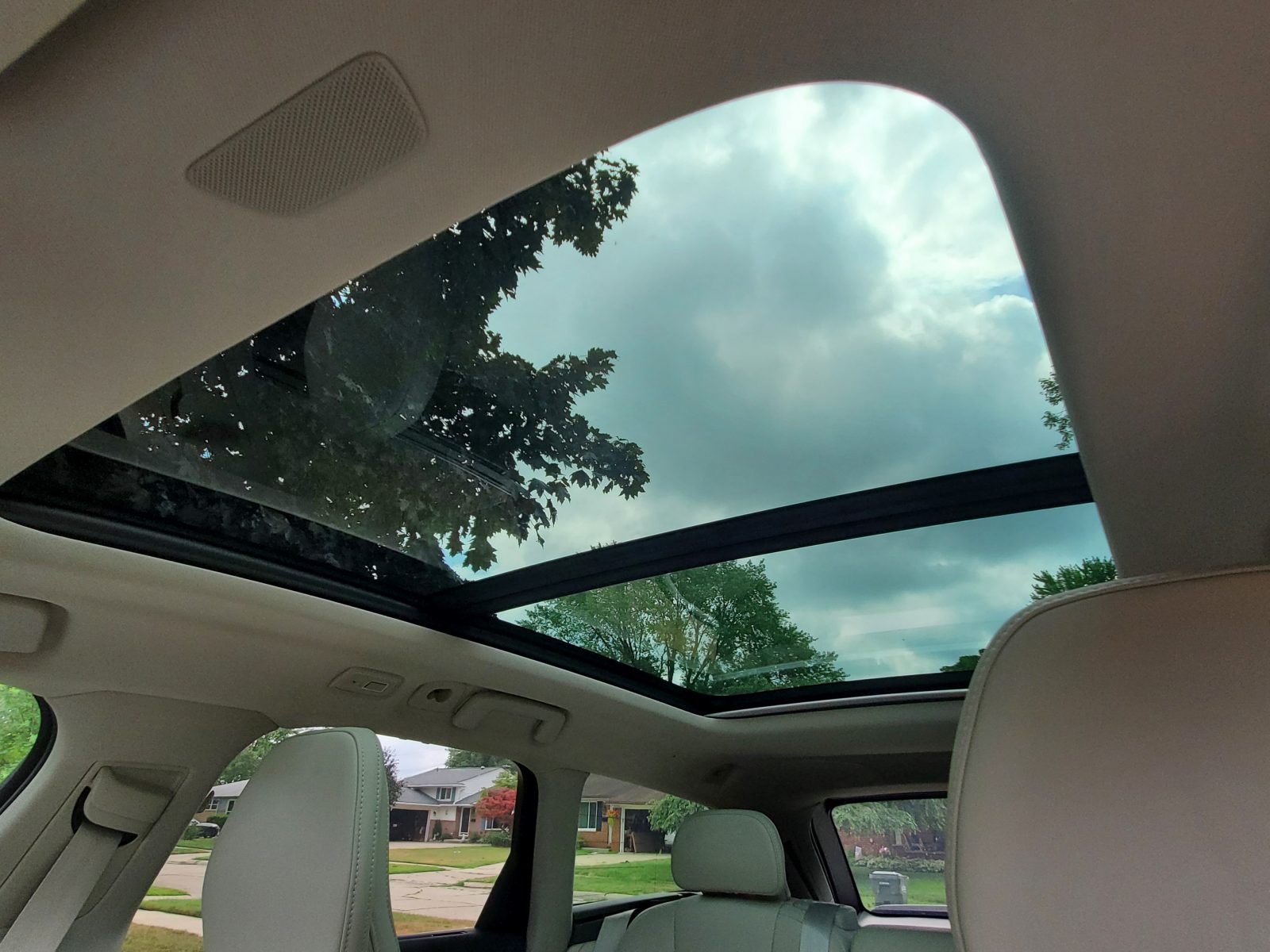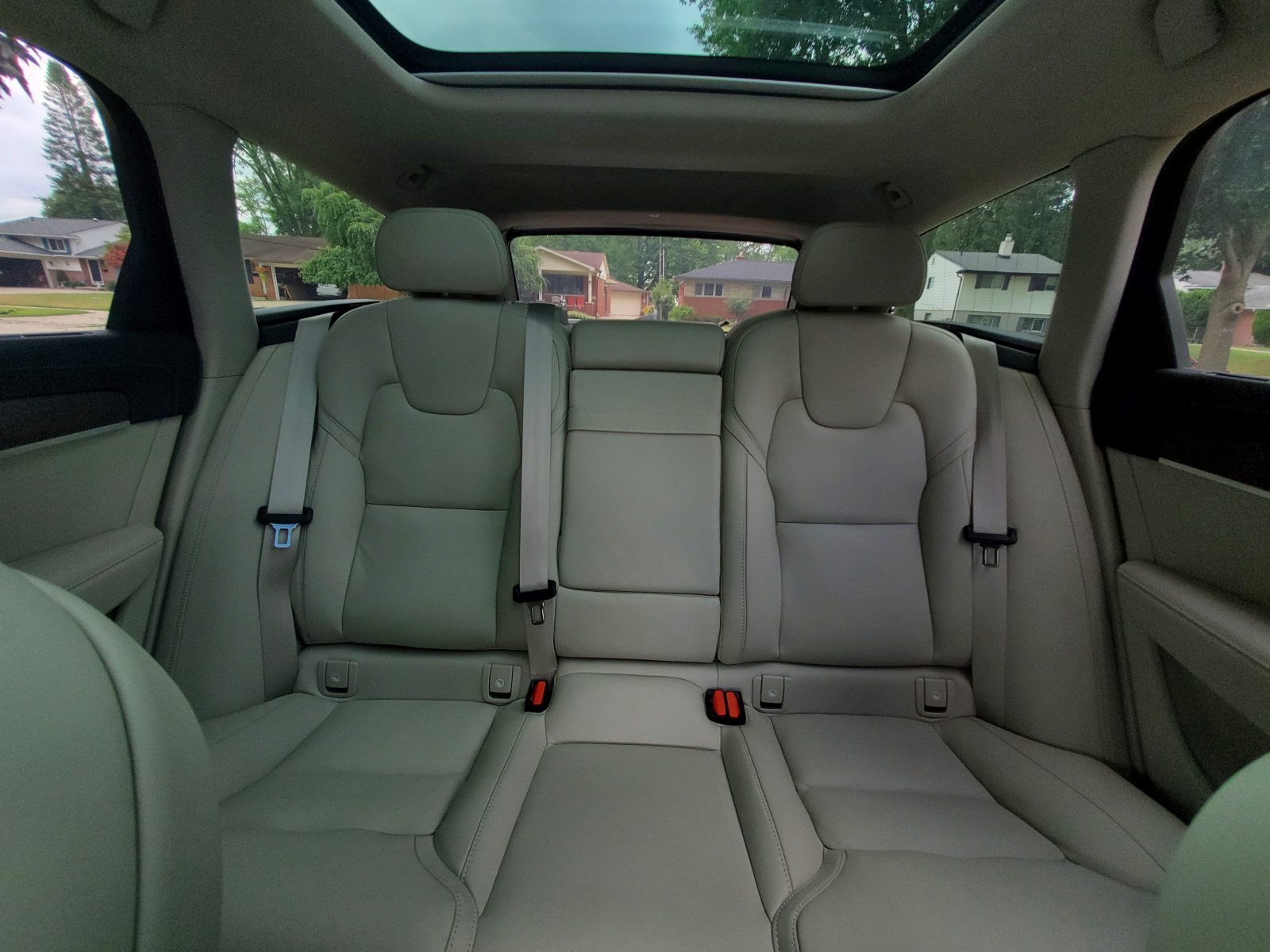Volvo’s commitment to electrification is unquestioned especially when you look at the wild EX90 flagship EV SUV that the brand recently revealed in Sweden. However, the company also knows that for now, hybrid and plug-in hybrid models will play a key role in laying down the foundations for this EV future. The 2022 Volvo V90 B6 Cross Country is one of these models and it aims to prove that green technology and a proper station wagon can indeed co-exist. But has Volvo indeed succeeded in this pursuit?
V90 Styling Carries Over, Hides Changes Underneath
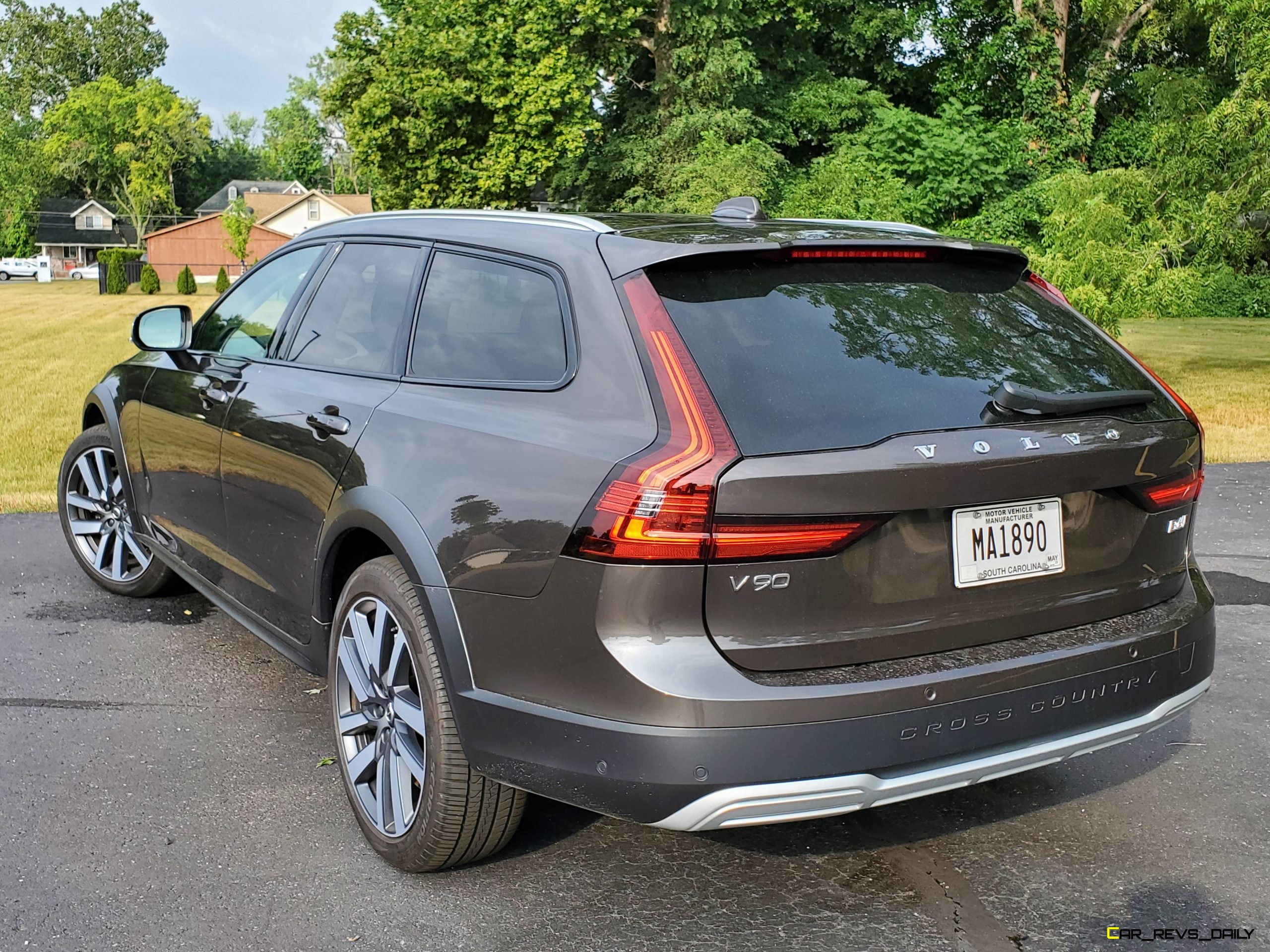
At first glance, you would be forgiven if you assumed that the V90 Cross Country was largely carried over from the 2021 model year. The exterior styling has not changed much with our tester still having a crisp look that’s defined by a high level of simplicity with this organic look being accented by a slight suspension lift as well as the bigger wheels that came with our particular example. The only giveaway that something significant is going on is the rear mounted B6 badge. This little badge advertises the upgrades that Volvo has made to the T5 and T6 powerplants with both engines now being supplemented by a 48-volt mild hybrid system.
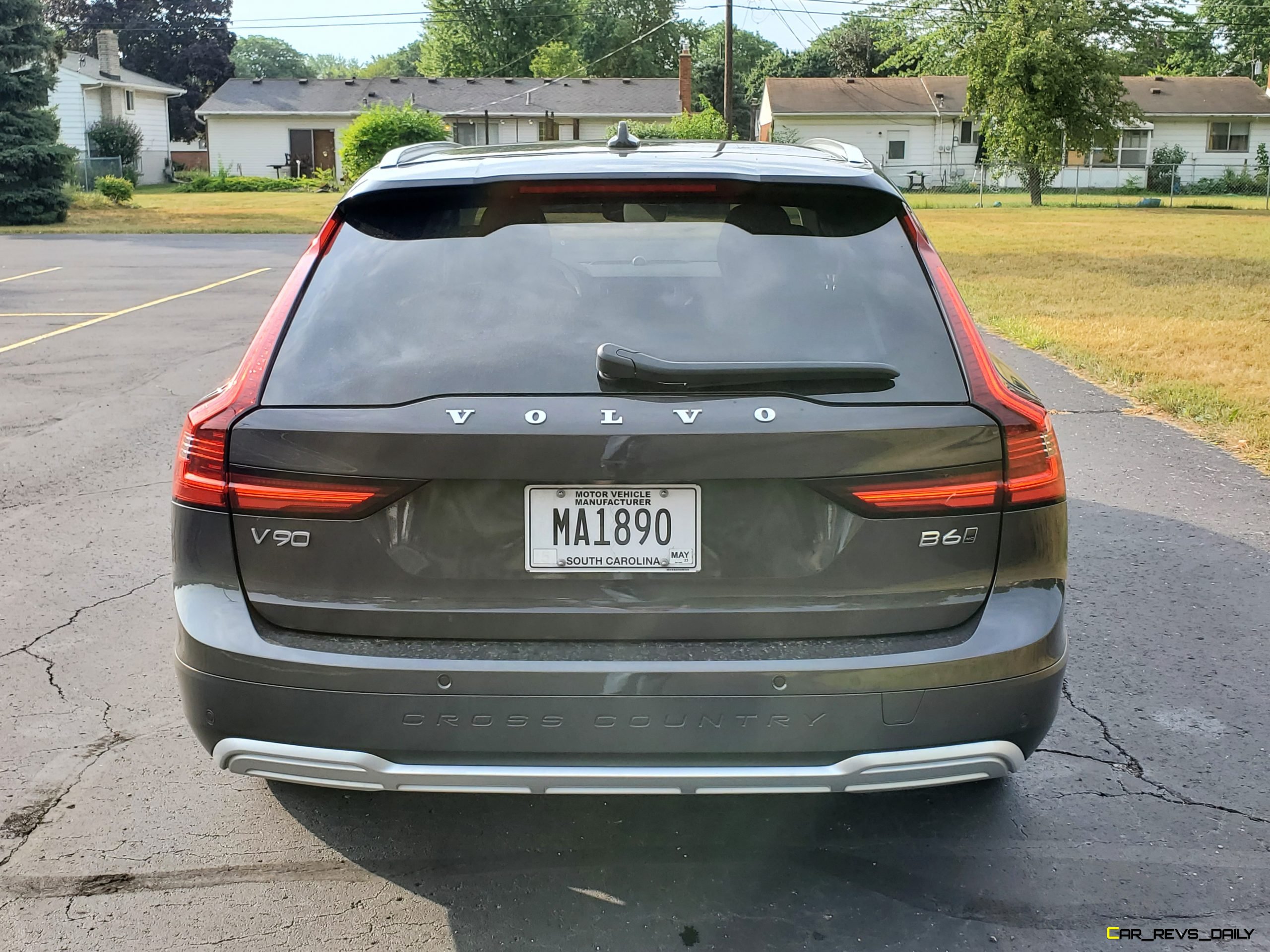
We’ll go more in depth about it later, but we are glad to see that Volvo isn’t resorting to cheesy visual gimmicks to advertise the fact that this V90 is special. From many angles, it looks like a traditional estate wagon with the suit of clothes doing a good job of allowing our tester to blend in with surrounding traffic which is great for buyers that don’t want to draw attention to their green motoring activities.
For Better Or For Worse, V90 Interior Soldiers Onward
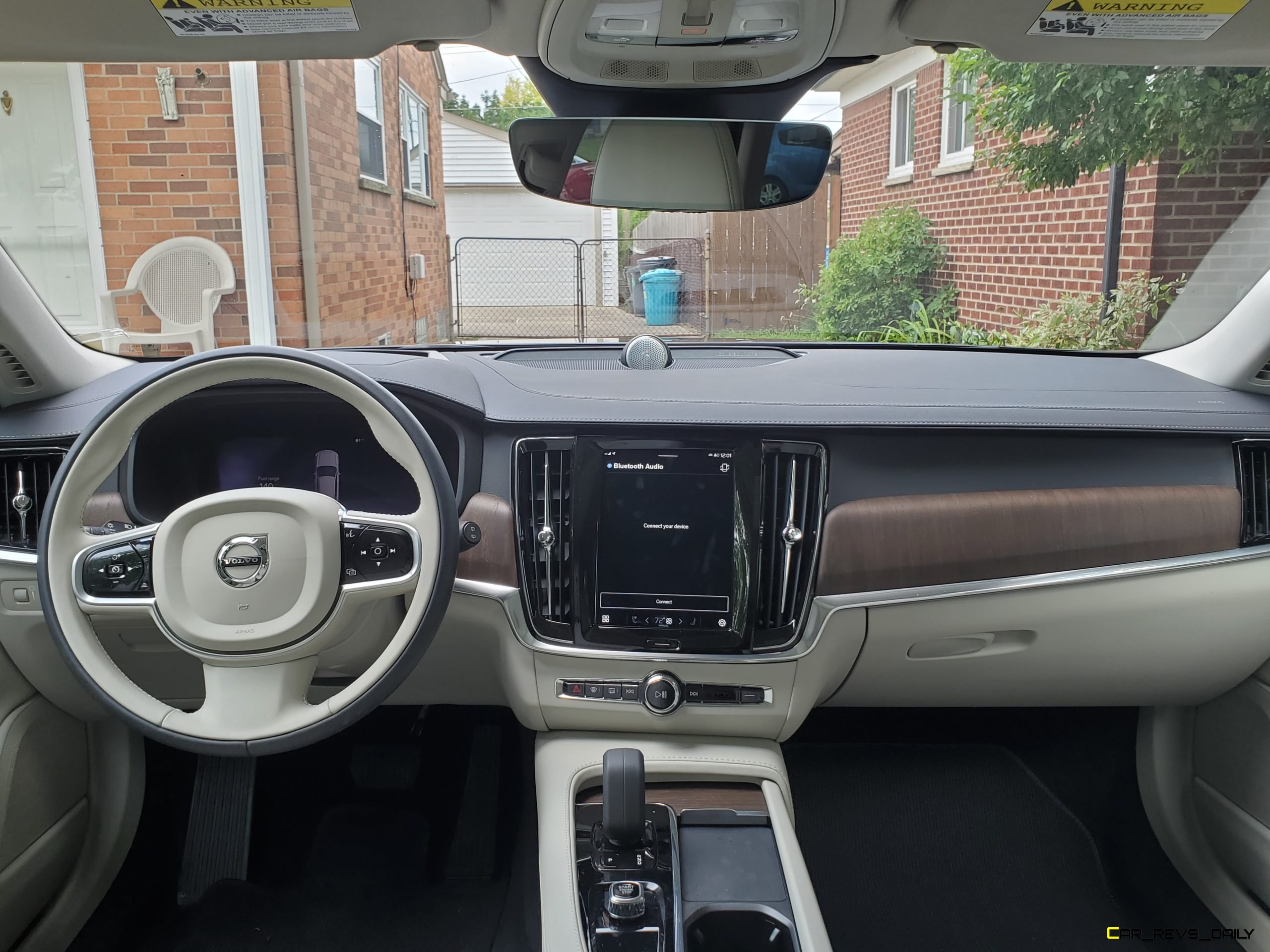
Slip inside the V90 and you’ll find that the cabin has also been largely carried over from 2021 and also maintains the same core design theme. High quality materials balance out the butter smooth leather seats and the wagon shape allowed our tester to haul an impressive amount of cargo when the rear seats are folded down. Front passenger space is good and the second row seats are also spacious though taller occupants will not be pleased with how much headroom the large sunroof gobbles up.
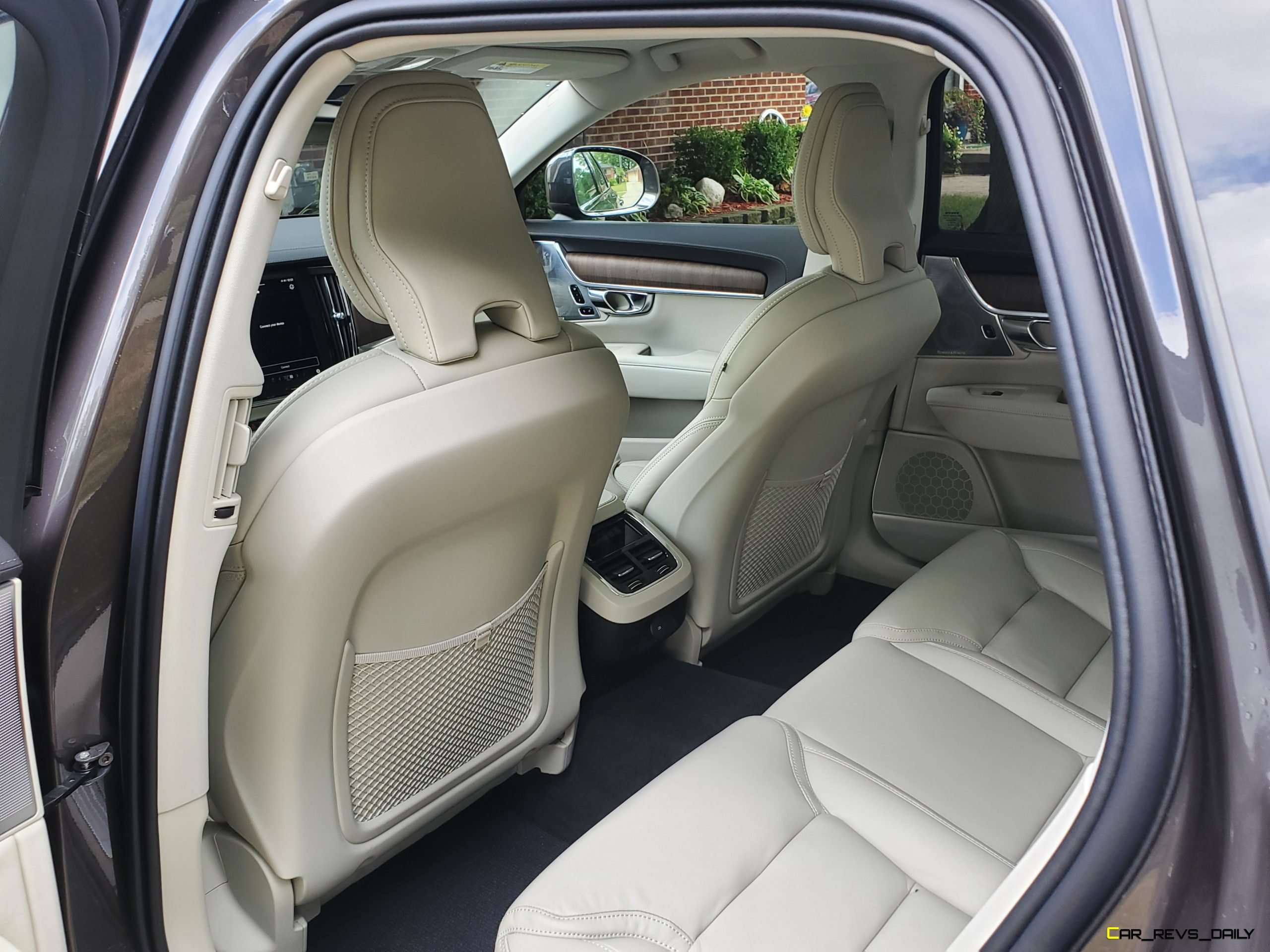
With all of the good things that the V90’s cabin does well, it’s a pity that buyers also have to deal with the Sensus infotainment system. The screen still has crisp graphics and the unit itself has a nice design, but the software is still too clunky, the menus too close together, and while the google infused software suite is nice, it does little to mask the fact that it’s still hobbled by some of the system’s broader issues. These deficits are even more apparent when you view it against rivals which have slicker infotainment systems that have faster software.
Mild Hybrid In Its Most Literal Form
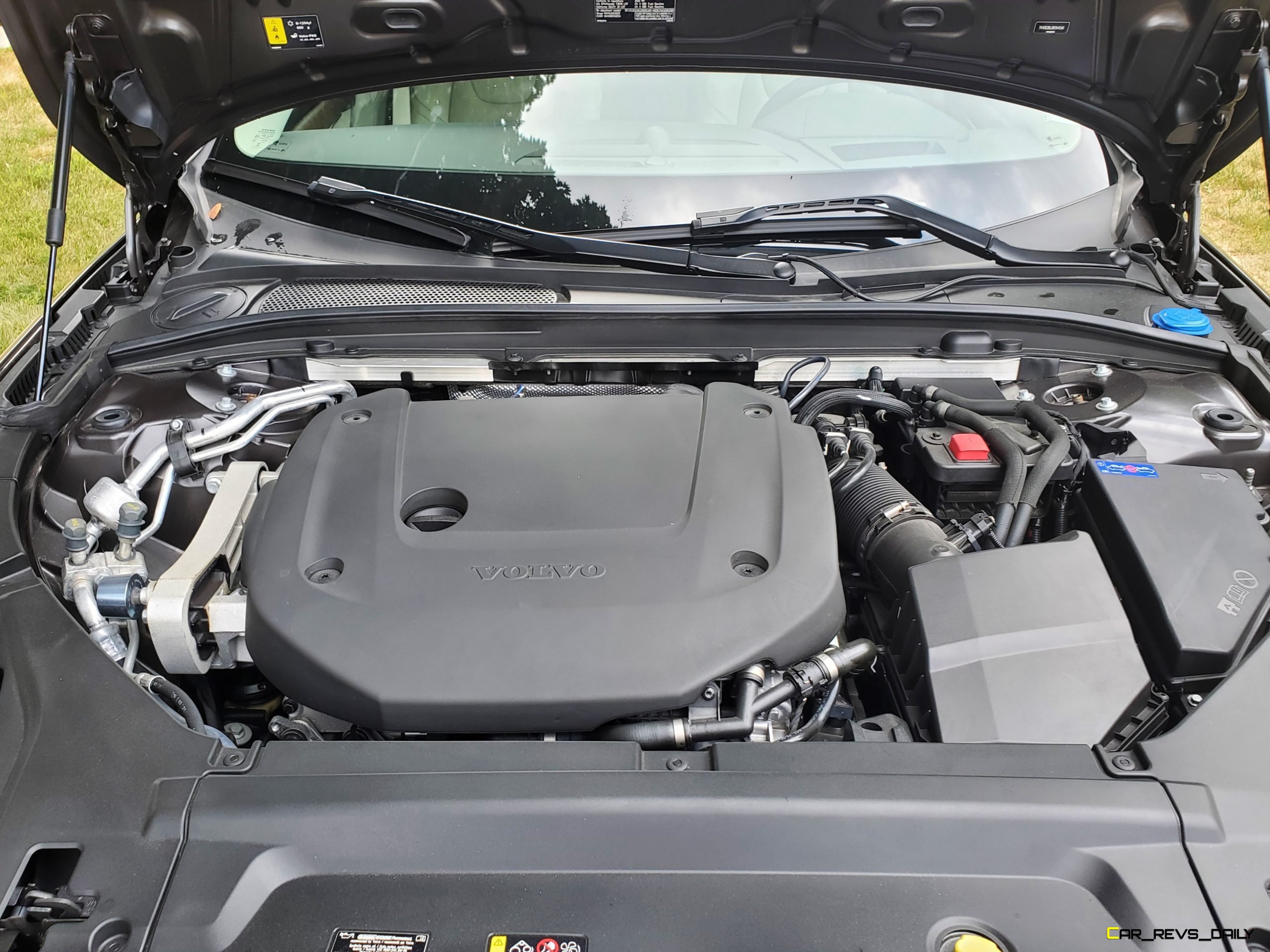
As mentioned, the carryover bits are hiding some new hardware lurking under the hood with our tester’s T6 twin-charged four cylinder getting a 48-volt mild-hybrid system. According to the EPA, the perceived benefit is mild in its most literal form with the EPA claiming that the system increases city mileage by 2 mpg, boosts the combined rating by 1 mpg, and decreases highway mileage by, you guessed it, 1 mpg. Those figures are pretty incremental changes and don’t seem like much, but as they say, a win is a win.
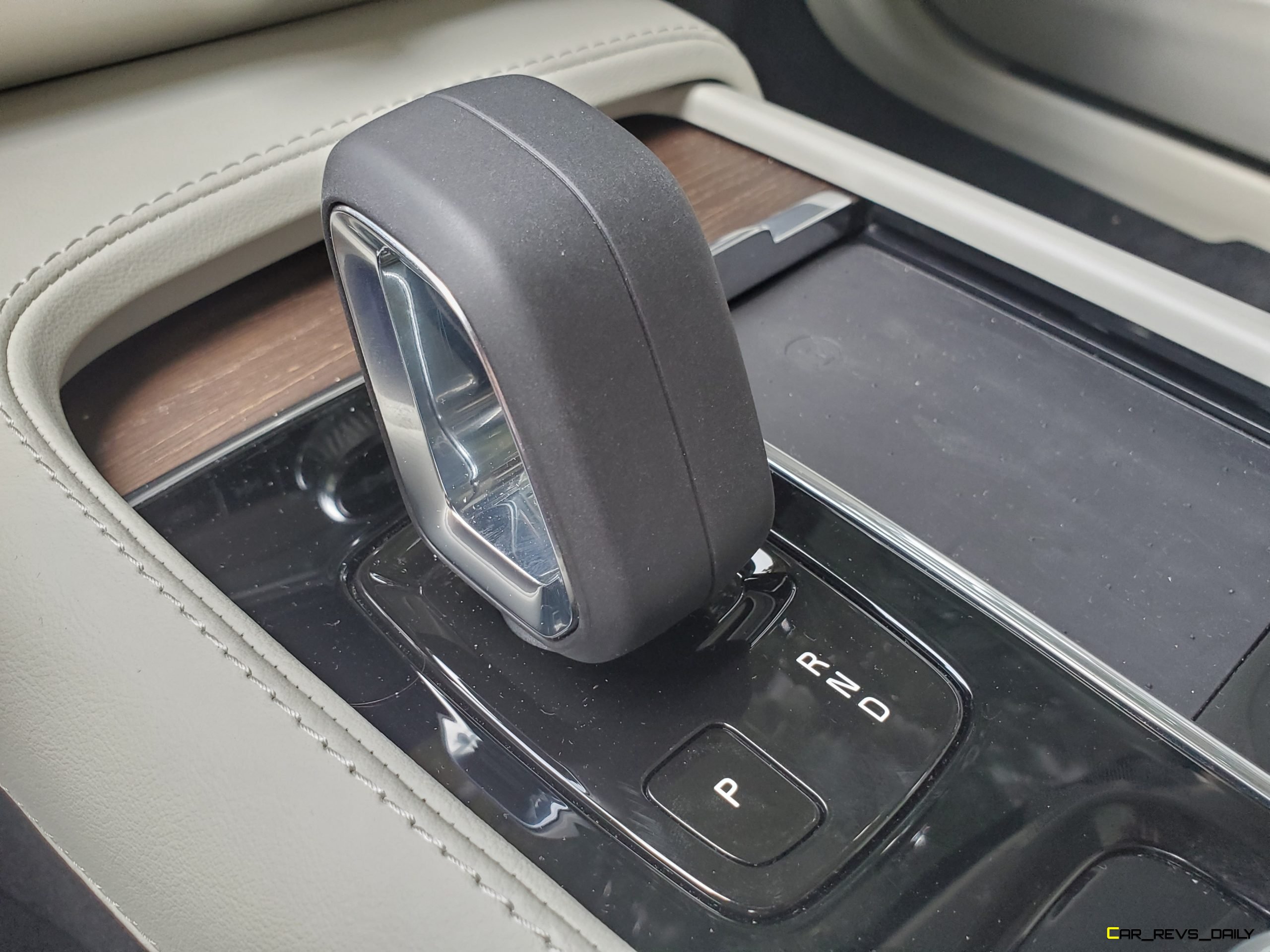
What caught our attention though was the supercharger being modified to be electrically driven. Typical superchargers are motivated directly by the engine with this setup sapping fuel economy and power when it’s not being used at full boost. While Volvo’s twin-charged setup makes it pretty tricky to spot lag when the turbocharger switches to the supercharger, we did notice more assertive behavior in the lower portions of the rev band where the supercharger is operating. That even comes at slightly decreased performance with the B6 engine losing 21 hp versus the old T6 engine for a revised figure of 295 hp. Unlike the power rating torque goes up 15 lb-ft which is partially due to the electric motor. Handling in our tester was sound, but the braking system could use some work with the regen feature occasionally delivering jerky behavior in moderate and hard stops.
Value Quotient

The V90 Cross Country was always considered the flagship model in Volvo’s wagon lineup and this is reflected in the price with base Plus models starting at $59,745. Our lightly optioned Plus tester had a light sprinkling of options which helped the price go up to just over $60,000. That’s a lofty sum for most wallets, but Volvo is undeterred and has stated in the past the the V90 is a premium expression of Volvo’s approach to go anywhere motoring. It’s also one of the last remaining wagon models left for sale in the U.S. and buyers looking for an alternative to the V90 will have to shop for models like the Audi A4 Allroad as well as the Subaru Outback.
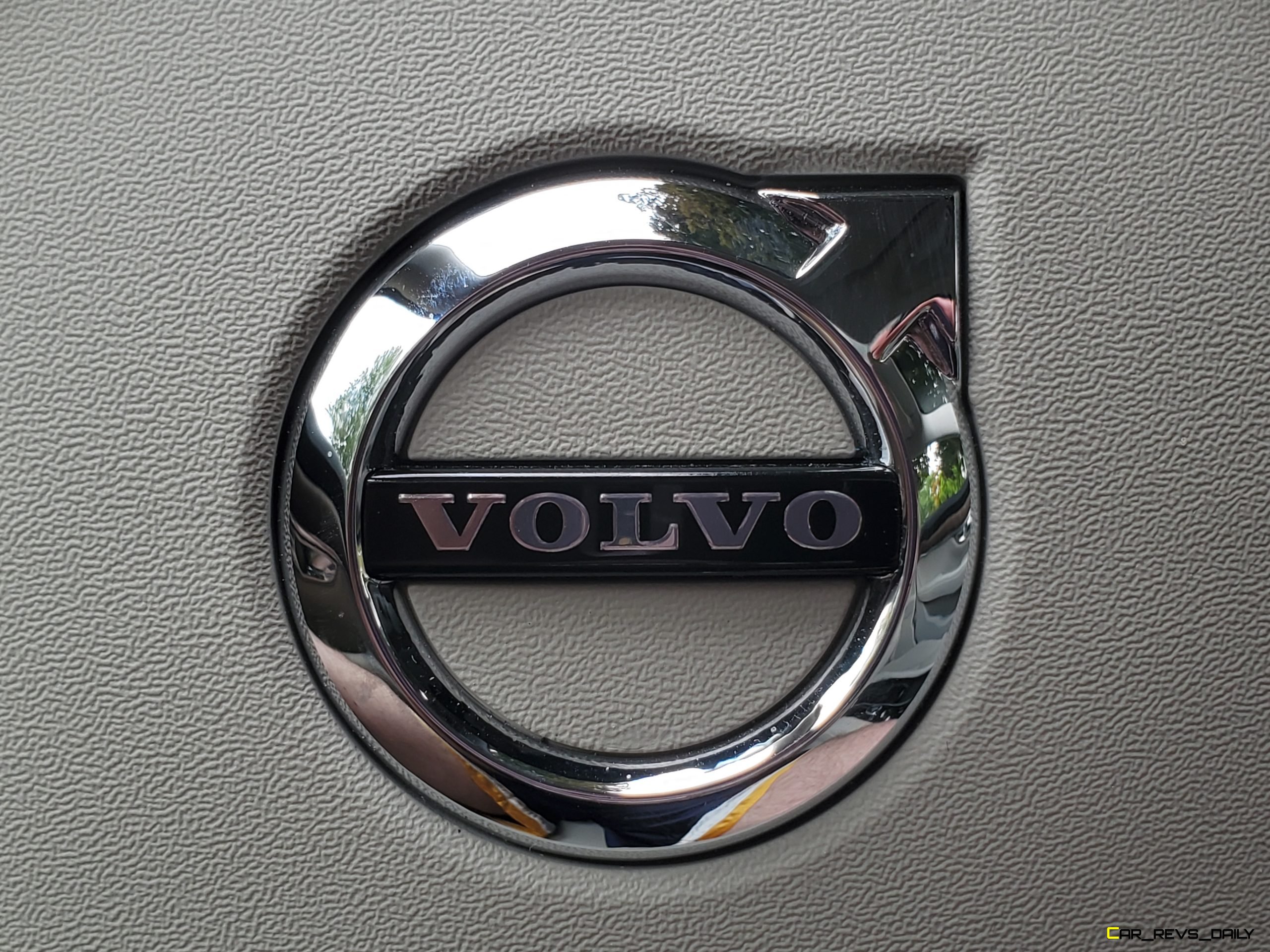
But while the mild hybrid B6 system is a bit half-baked at this point as far as it shaking up the V90’s fuel economy game, look for Volvo to learn from the B6 engine and use the data to make its next generation of hybrid and PHEV models slicker and better than ever.
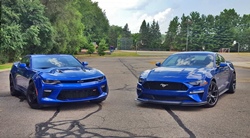
Carl Malek has been an automotive journalist for over 10 years. First starting out as a freelance photographer before making the transition to writing during college, his work has appeared on numerous automotive forums as well as websites such as Autoshopper.com.
Carl is also a big fan of British vehicles with the bulk of his devotion going to the Morgan Motor Company as well as offerings from Lotus, MG, and Caterham. When he is not writing about automobiles, Carl enjoys spending time with his family and friends in the Metro Detroit area, as well as spending time with his adorable pets.

